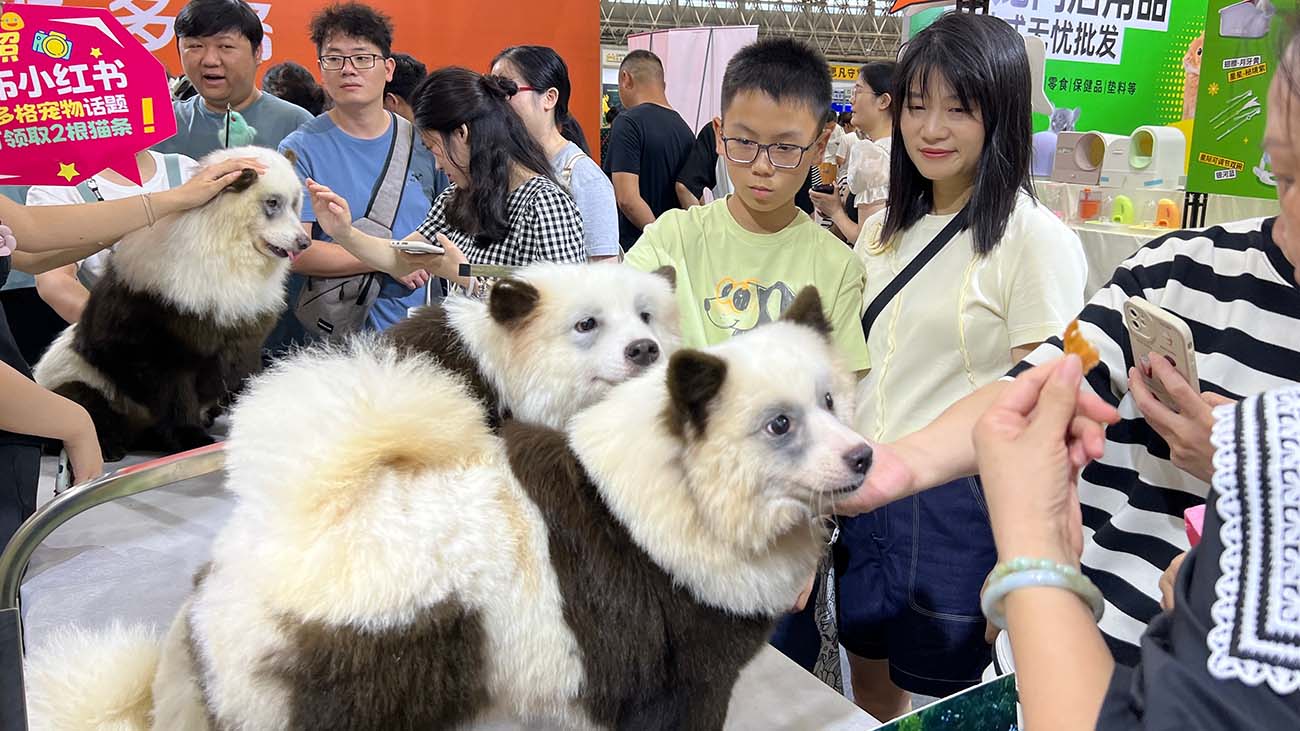In China, pet owners are spending unprecedented amounts of money on their beloved animals. From designer pet clothes to gourmet food, pet spending is soaring. How has China’s attitude toward pets and wealth changed?
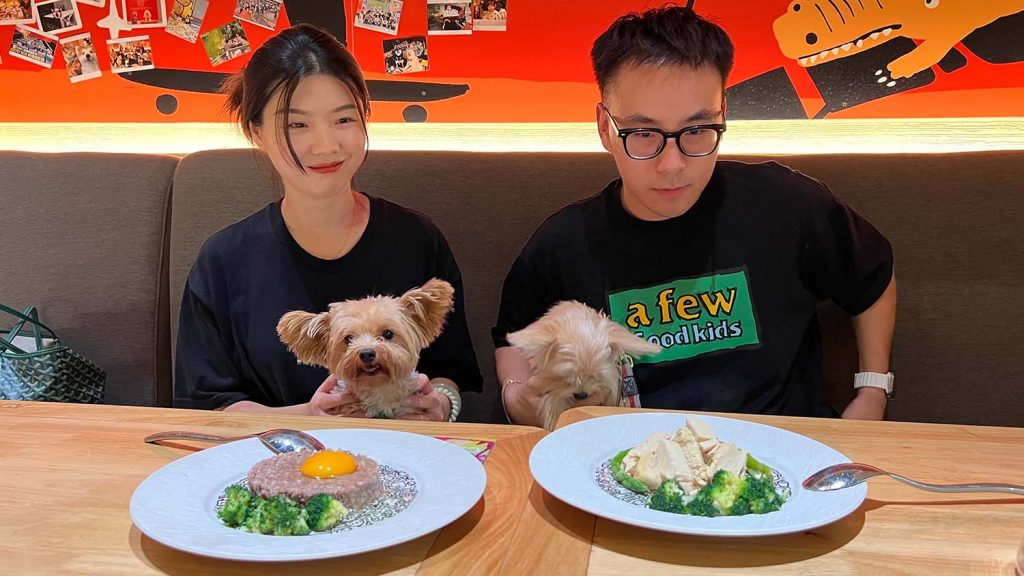
Ms Liu Xiaoxi often visits the Eggy Pet Friendly Dining Bar in their home town of Chengdu, Sichuan. She is well known by the restaurant staff and always sits in the same table just by the window where she can watch the world go past.
And every week she orders the most expensive thing from the menu: two steaks with a side order of vegetables. It’s a little luxury that she and her husband have decided is well worth the price to be happy, but they have no intention of touching the food they have just bought.
Instead the meals are for their two dogs Wuyue and Shiyue, a pair of Yorkshire Terrier that are among some of the most pampered pets in their city.
The couple spends over 3,000 RMB (about £320) monthly on fancy food, grooming services, and veterinary care. “Some people, besides my family and close friends, might think I’m crazy, but they don’t understand the joy and companionship my dogs bring me,” she explains. “They have always been part of my family, and we currently have no plans to have children,” she says, watching her dogs enjoy their meal.

Her love for her pets reflects a significant cultural shift happening across China.
Ms. Xiaoxi is just one of the many people in China who spend increasingly more on animals each year. Against the backdrop of declining birth rates, a growing number of single households, and an aging population, the demand for pets as emotional companions has been gradually rising. Younger people are more willing to spend money, while middle-aged and elderly individuals, having accumulated some financial resources, also have more to invest in pet ownership beyond their basic living needs.
China’s pet industry is booming. According to a report from one of China’s leading pet industry associations, the size of China’s urban pet consumption market reached 279.3 billion RMB (about £30 billion) in 2023, a 3.2% increase from 2022. This surge in spending is driven by the growing middle class, who view pets as family members and status symbols.
Historically, pets in China were seen as utilitarian animals. Now, there’s a clear shift, with pets viewed as beloved family members. This shift is particularly evident among urban dwellers, who are willing to invest heavily in their pets’ well-being.
“With the implementation of the one-child policy, many families view pets as emotional companions, even treating them like ‘substitute children.’ Coupled with rising incomes and the sense of loneliness in modern society, people are increasingly inclined to regard pets as family members to fulfill their emotional and companionship needs,” said Ms. Wang Jiani, Director of Beijing Equal World Pet Hospital.
Ms. Luo Lan, a 50-year-old cosmetics distributor, and her daughter spend about 4,000 RMB (about £430) monthly on their six cats,however, her daughter only gets paid 6000 RMB a month (£645) .
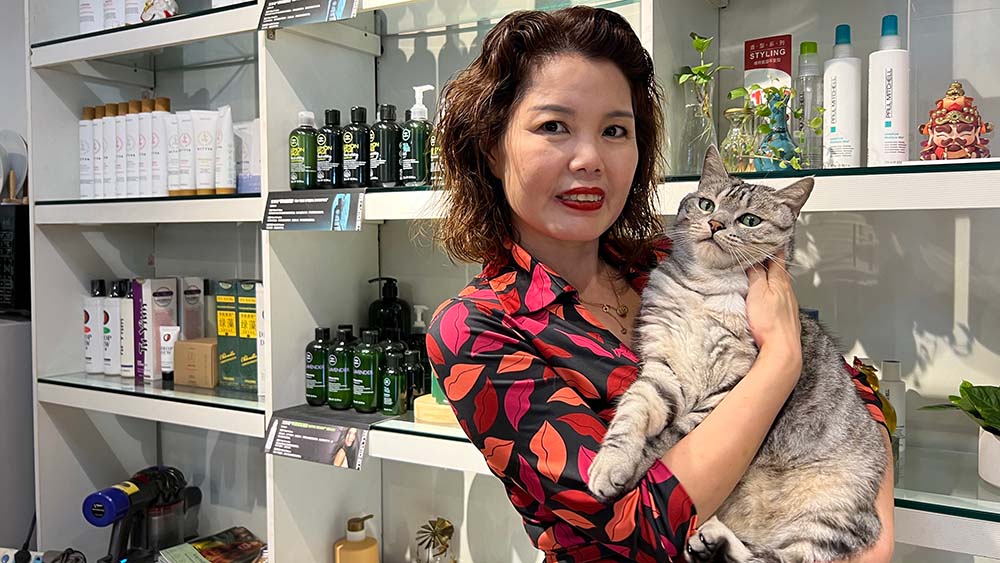
“Pets have been part of my life since I was a child, so I have three cats in my office and three at home. My only daughter, who works in another city, has adopted a stray cat. They help me relax both during busy times and leisure,” she says. “It’s about providing them with the best life and showcasing my lifestyle.”
Ms. Luo is part of a growing number of urban Chinese who see pets as an integral part of their lives and are willing to spend significant amounts on their care. This trend is driven by several factors, including rising disposable incomes, changing family structures, and evolving cultural attitudes towards animals.
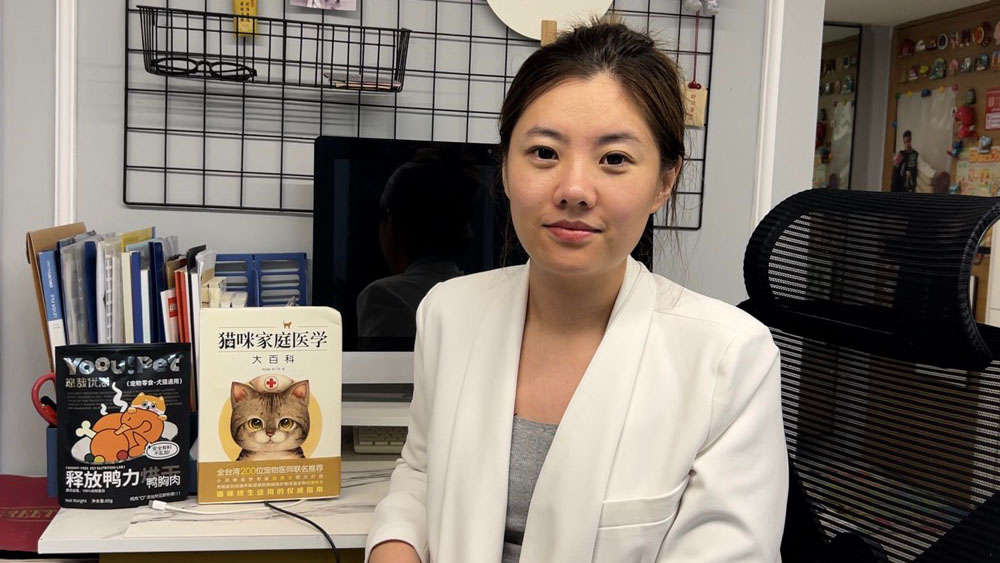
Entrepreneurs like Ms. Zhou Yiru, who runs a pet supply and food store in Chengdu, mainly selling online, are capitalising on this trend. “People want the best for their pets,” she says. Her store offers gourmet food, pet beds, and toys. Customers spend about 300-500 RMB (about £30-50) per visit. “It’s a booming business,” she admits.
The rise of pet funerals is another indicator of this trend. Mr. Ke Ke, who runs a pet funeral service in Hangzhou, has seen a surge in demand for pet funerals. “Losing a pet is like losing a family member,” he explains. His services range from simple cremations to elaborate memorial ceremonies, costing up to 10,000 RMB (about £1075). “People want to grieve properly for their pets. Our services help them find comfort and honour their pets’ memories.”
Mr. Ke adds, “We once held a memorial service for a hamster, which was uncommon in the past, but I think this will become more common.”
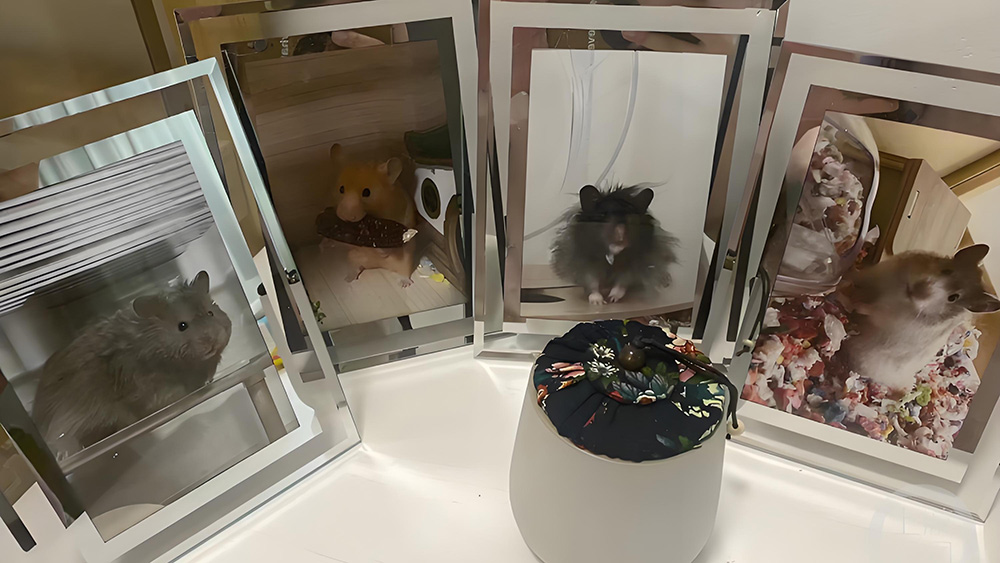
Director Wang Jiani said, “The high consumption on pets is becoming increasingly common. Although pets are not strictly necessities, this spending reflects a broader trend of consumerism and serves as a way to meet emotional needs in a fast-paced, increasingly isolated society.”
This trend is not without controversy. Some pet lovers express concerns about the ethics of luxury pet care. “While it’s great to see pets being well cared for, we need to question if these luxury products are truly beneficial,” says Ms. Luo. “The focus on luxury pet products can overshadow the basic needs and welfare of pets. For example, do cats really like wearing clothes and taking baths? My daughter bought many outfits for her cat, some even more expensive than mine, but the cat doesn’t seem comfortable in them.”

“The growth of the luxury pet products market has its pros and cons,” Director Wang Jiani explained. “On the one hand, increased spending can lead to higher-quality products. However, it also raises concerns about commodification, which could potentially overlook the actual emotional and physiological needs of pets.”
The trend of pampering pets is not unique to China. Globally, the pet industry is experiencing significant growth, driven by similar factors of increased disposable income and changing attitudes towards pets. However, the speed and scale of growth in China are particularly notable.
According to the 2022 Deloitte China report “China Pet Food Industry White Paper,” the market size of China’s pet food industry is expected to reach 114 billion RMB (about £12.2 billion) by 2026, with compound annual growth rates of 17%, 15%, and 25% for pet staple food, pet supplements, and pet snacks, respectively.
Additionally, the “2024-2029 China Pet Industry Market Outlook and Future Development Trends Report” shows that high-spending consumers in China’s pet market are predominantly born in the 1990s, accounting for 48.7%. Those born after 2000 account for 25.5%, while hile the rest were born in the 1980s and before. Many see pets as part of their lifestyle and social identity. This demographic drives demand for high-end pet products and services, from designer clothes and accessories to luxury grooming and health care.
The booming pet industry also creates new job opportunities and fosters entrepreneurship. Mr. Yang Tingwei, a recent overseas graduate, opened his pet café in Wuhan after noticing the growing demand for pet products. “I saw an opportunity to combine my passion with a business venture,” he says. His café offers food for both people and pets, and regularly hosts pet birthday parties and social events. “You can see that our customers are willing to pay for quality and uniqueness to make their pets happy,” he adds.

The rise of pet influencers on social media is another phenomenon contributing to the trend. Pets with large followings on platforms like Little Red Book (Similar to Pinterest) and Douyin (the Chinese version of TikTok) are becoming celebrities. Pet owners invest in professional photo shoots, stylish outfits, and even private spa sessions for their furry stars. These influencers attract sponsorship deals and partnerships with pet brands, further fueling the luxury pet market.
Despite these concerns, the trend of pampering pets shows no signs of slowing down. As China’s middle class continues to grow, so does the market for luxury pet products and services. This shift in consumer behaviour reflects broader socio-economic changes and evolving cultural attitudes towards pets and wealth.
The growing acceptance of pets as family members is also influencing public policy. Cities like Shanghai and Beijing are implementing more pet-friendly policies and facilities, such as designated pet parks and improved veterinary services. These initiatives aim to support responsible pet ownership and enhance the quality of life for both pets and their owners.

At the pet café, Ms. Liu Xiaoxi and her husband Mr. Chen Weihao reflect on their journey as pet owners. “It’s been the most rewarding experience. My dogs have given me a different kind of purpose in life,” she says, petting her favourite dog. “I hope more people understand the joy pets bring and the emotional value they provide, as well as the importance of caring for them.”
The trend of increased pet spending highlights China’s changing views on wealth and consumption. As pets become central to family life, the pet industry continues to grow, reflecting broader socio-economic changes in Chinese society.
Director Wang Jiani continued, “There needs to be a careful balance between luxury goods and ethical considerations to ensure the well-being of these beloved animals. We also look forward to seeing where China’s attitude toward pets will head next?”
